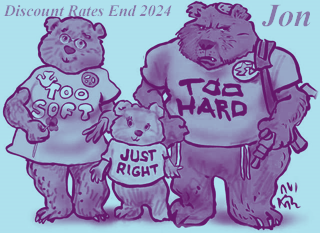|
Only one base experience has been used (see here).
For UK alone, I have looked at 3 different financial statistics series, covering all-share equities (“Equ”), long conventional gilts (“Fix”) and long index-linked gilts (“Ilg”). Mixed portfolios are labelled along the lines of “EquFix” (which is the same as “FixEqu”) and denote 50% in equities and 50% in long conventional gilts.
Each had a return over 1 year and a yield, making 6 so far. There are also 2 inflation series, over 1 year and over 15 years, making 8 in all. As RPI has a longer true data series than for CPI or CPIH, I have stuck with RPI (see here for comparisons).
The base data used are summarised for means and standard deviations.
|



